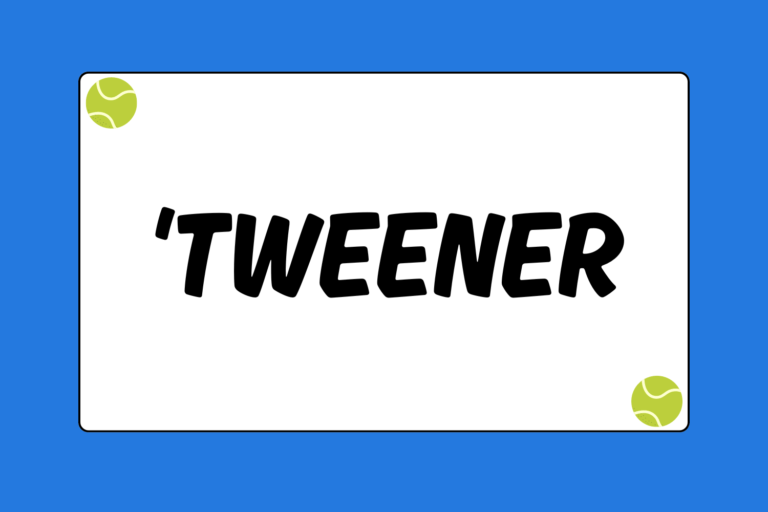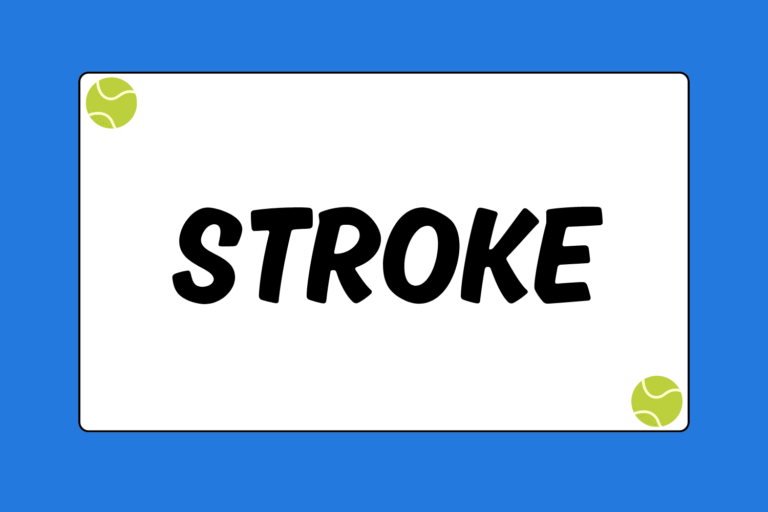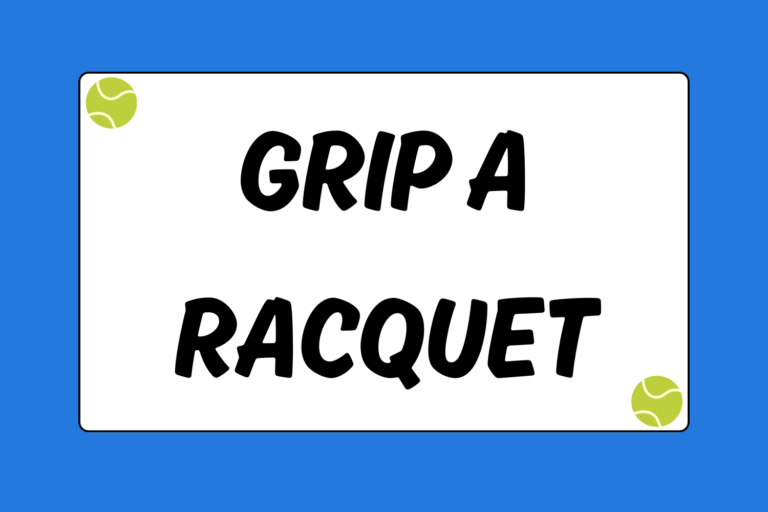An entire tennis match can hang on a single in or out call, which can sometimes be the difference of a mouse hair. It’s a game of millimeters, and the let is a perfect example of this fact. Many beginners don’t know how to deal with a serve that touches the net, and they often times let the ball die at their feet while they stare at it confusedly. But worry no more: The rest of this guide explains how to handle a let.
Let Versus Net
Many people confuse the two different outcomes that happen when a ball hits the net, both of which are explained below:
- Let ball: The ball hits the net cord, and then lands in the appropriate service box. In this scenario, the server gets to redo the serve without penalty. For example, if a let occurs on a second serve, the serve is void and the server gets to retry the second serve.
- Net ball: The ball hits the net cord, and then lands anywhere outside of the appropriate service box. When a net ball occurs, the serve is considered out and cannot be retried. A net ball on a second serve results in a double fault.
In either case, the returner needs to quickly make a call out loud. If the ball lands out, clearly say “net,” so your opponent knows the serve wasn’t good. Let calls can be trickier since the ball can sometimes barely graze the net cord. You need to make a quick call, but be sure that it’s the right one before you jump the gun.
Unlimited Ammo
There isn’t a limit on how many lets a player can hit before it’s a fault. As long as the ball lands in, the server continues to redo the serve. For example, if the server hits a let on his first serve, and proceeds to hit five consecutive lets afterwards, it still remains first serve. The same rules apply to second serves.
Hot Tip: Do Your Homework
Always check your league rulebook before you show up to your first match. Some leagues might have unconventional rules in regards to lets. It’s unlikely they’ll veer from traditional rules, but it can’t hurt to double check.
College Matches
National Collegiate Athletic Association (NCAA) matches don’t stop play after a let, and the ball is considered live. Even if the ball barely creeps over the top of net and dribbles into the correct service box for an easy ace, it’s up to the returner to get the ball back in play.
This rule speeds up matches, but it also cuts down on close calls. Some serves scarcely scrape the top of the net, practically imperceptible and inaudible to the players and fans alike. Without a chair umpire making calls, players can easily begin heated arguments over whether the ball did or did not in fact touch the net. Instead, the NCAA decided to simply ignore lets altogether and continue play.
Let the Game Begin
Serving is the most difficult aspect of tennis and to boot, the rules can seem somewhat odd. However, dealing with a let is really simple once you’re familiar with the basic course of action. If you’re regularly hitting the tape, though, try swinging up on the ball and hitting with more topspin. You shouldn’t frequently clear the net by a matter of centimeters. The closer your serve comes to the net, the more likely it is you’ll pile up faults — and an inconsistent serve will inevitably lead to broken service games and a loss.





